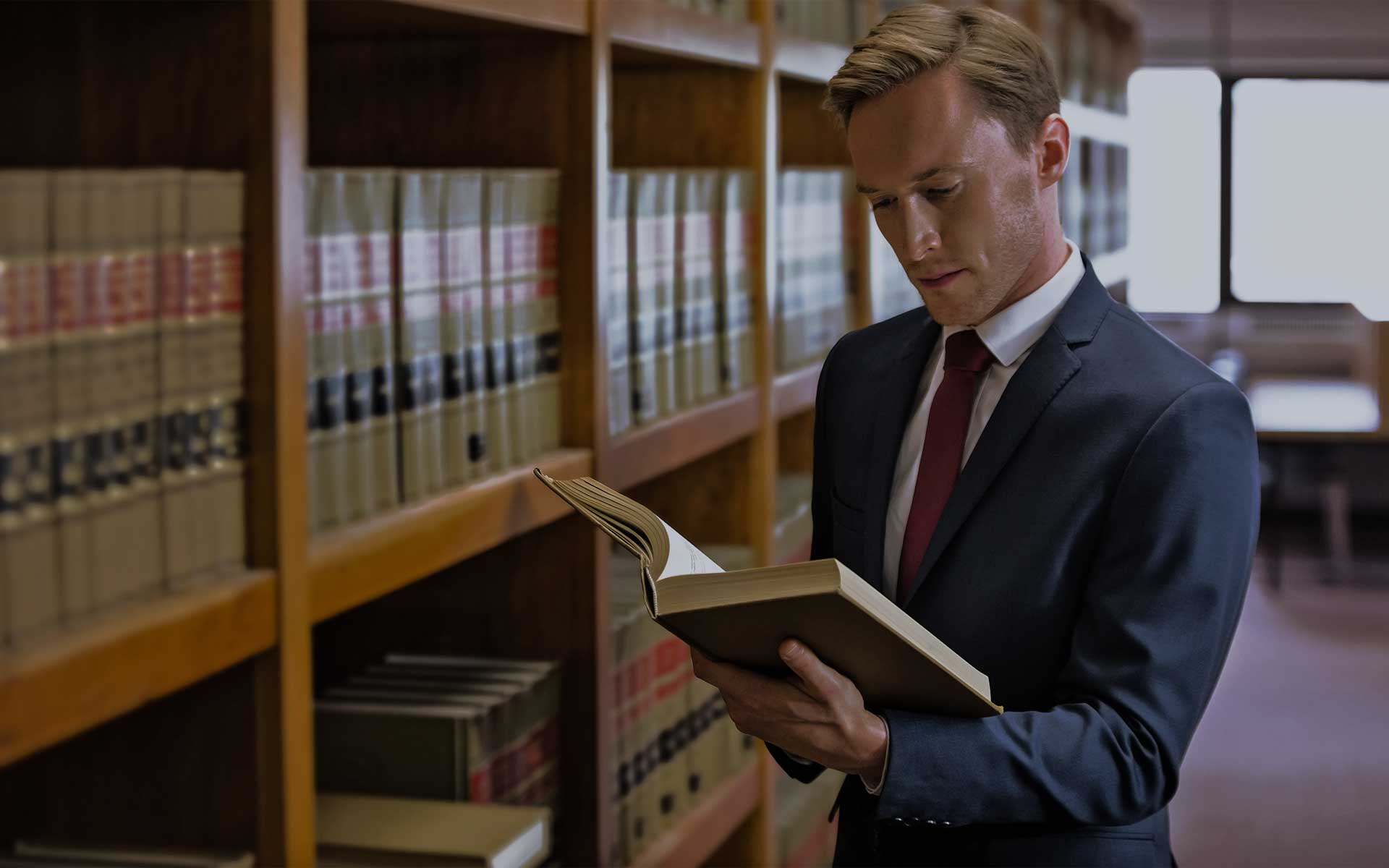Avoid the Patent Pit of Despair: Drafting Claims Away from TC 3600

“The way you draft an application greatly influences which Art Unit the application will be funneled into, and which Art Unit is assigned the application can in many cases be nearly dispositive of whether a patent issues—ever.”
I’ve recently hosted two webinars on patent classification, taking a look at how contractors for the U.S. Patent and Trademark Office (USPTO) determine where to route each patent application within the Office after filing. One webinar dealt with classification generally and a second dealt specifically with classification relating to computer implemented inventions.
These webinars were fascinating on many levels. Did you know that the old patent classification system plays an important role in determining which Art Unit is assigned an application? And you probably thought you could forget about class 705! Not so fast! A sparsely populated technical disclosure in the specification with an inartful claim set is still a recipe for characterization in class 705, which still must be avoided at all costs if possible.
The Lottery
As any patent practitioner can tell you, this Art Unit and Patent Examiner lottery is extraordinarily important. It is easily possible for similar patent applications to be routed to diametrically different Art Units with respect to allowance rates and average prosecution length. When dealing with computer innovations, for example, the difference can easily be between being routed to an Art Unit with an 80% (or higher) allowance rate versus an Art Unit with a 40% (or lower) allowance rate. Sometimes certain Art Units within the computer implemented arts have single-digit allowance rates.
The lottery can and does make a huge difference, and despite what some patent practitioners think, there are ways to draft applications and claims to raise the likelihood that one will be routed to a more favorable Art Unit, with favorability defined based on a higher allowance rate and with a faster examination timeline. Let’s take a look at one particular example.
On March 28, 2019, we learned courtesy of the United States Court of Appeals for the Federal Circuit that an electric vehicle charging station is a patent ineligible abstract idea. See ChargePoint, Inc. v. SemaConnect, Inc., 920 F. 3d 759 (Fed. Cir. 2019). But then on June 2, 2020, we learned that an electric vehicle charging station is patent eligible, courtesy of the United States Patent and Trademark Office. See U.S. Patent No. 10,668,819. As I explained recently, the devil is in the technical details—both those disclosed in the specification and those that work their way into the claims.
What Might Have Been
The ‘819 patent provides an interesting opportunity to consider what might have been. This particular patent did not have any method claims at the time it was filed and did not issue with any method claims. I have suggested foregoing method claims for some time because it seems that method claims contaminate the patent eligibility analysis, with the Supreme Court and often the Federal Circuit analyzing the weakest method claim and then lumping together system claims (for example) because the clever patent practitioner is just using a different claim technique to claim the same subject matter. But I wondered whether the absence of method claims might make good strategy from a classification standpoint as well.
I drafted the following hypothetical method claim based on invention disclosed and claimed in claim 1 of the ‘819 patent:
A computer implemented method for charging an electric vehicle at an electric vehicle charging station in a parking spot configured to receive power from a power grid, the method comprising:
receiving, at a first control unit, a request to charge the electric vehicle;
in response to the request being received, determining whether a a first hollowed-out component is aligned with a second hollowed-out component via a plurality of sensor inputs;
if the first hollow-ed out component is aligned with the second hollowed-out component, generating an instruction to convert and then converting electric power from the power grid to a radio medium having a frequency higher than 500 megahertz;
transmitting from a power transmitter the converted electric power to the electric vehicle.
I then ran this claim through LexisNexis IP® Pathways™ 2.0, which estimates based on the text inserted which Art Unit is most likely to receive the application. The most likely Art Units have an 82.1% allowance rate (with a 52% level of confidence that the application will be assigned to this Art Unit) and an 81.6% allowance rate (with a 14% level of confidence that the application will be assigned to this Art Unit.
Undeterred, I wrote a sparser method claim and ran it through Pathways™ 2.0 again. This time, the claim read:
A computer implemented method for charging an electric vehicle, the method comprising:
transmitting a request over a wireless communications network to charge the electric vehicle;
receiving the request to charge the electric vehicle;
converting electric power from a power grid to a radio medium;
transmitting from a power transmitter the converted electric power to the electric vehicle.
This time, Pathways™ 2.0 estimated that the most likely Art Units have an 81.17% allowance rate (with a 52% level of confidence that the application will be assigned to this Art Unit) and an 82.1% allowance rate (with a 14% level of confidence that the application will be assigned to this Art Unit. But notice that the third most likely Art Unit takes us into the business method Art Units where the allowance rate drops by nearly 40-percentage points.
A little surprised that the sparser claim didn’t yet trigger certain assignment to a patent death squad in TC 3600, I took the second hypothetical variant above and added to the claim, making it narrower. This time the claim read as follows (with my additions underlined):
A computer implemented method for charging an electric vehicle of a user, the method comprising:
transmitting a request over a wireless communications network to charge the electric vehicle;
receiving the request to charge the electric vehicle;
converting electric power from a power grid to a radio medium;
transmitting from a power transmitter the converted electric power to the electric vehicle;
billing an account of the user for the power received.
Once the claim is written to more narrowly cover the monetization of the electric vehicle charging station, the business method pit of despair is triggered.
Routing to one of the business method Art Units must be avoided at all costs if at all possible. Payments systems, payment gateways, or payments period lead an application down a daunting path that almost certainly will not end well for the applicant. Patent practitioners must strive to work with inventors to find a point of novelty to build claims around that do not relate to anything that can be characterized as monetization, period.
But what is worse than violating the thou shalt not claim anything that monetizes in a method rule, is just phoning it in and filing a naked method claim that would clearly violate Alice-Mayo Step 2B as not making an inventive contribution (i.e., not having contributed “significantly more”). The proof of this is the following extremely short method claim that does nothing to capture any uniqueness.
A computer-implemented method for charging an electric vehicle, the method comprising:
transmitting the request over a wireless communications network to charge the electric vehicle;
receiving a request to charge the electric vehicle;
transmitting from a power transmitter the converted electric power to the electric vehicle.
The moral of the story is this: the way you draft an application greatly influences which Art Unit the application will be funneled into, and which Art Unit is assigned the application can in many cases be nearly dispositive of whether a patent issues—ever. Classification is done by real people who consider the application as a whole, but when it comes to staying out of class 705 (i.e., designation as a business method), the claims are of utmost importance.


